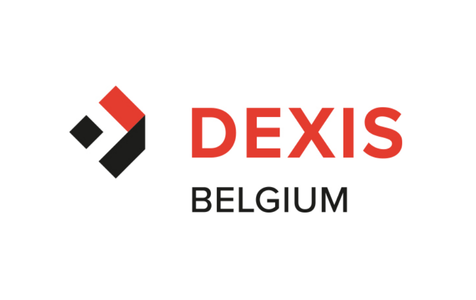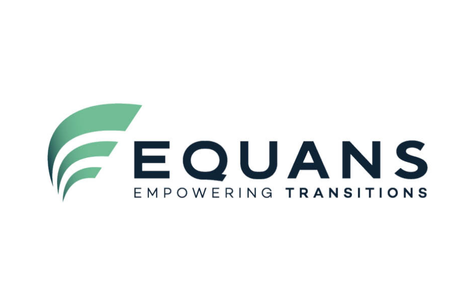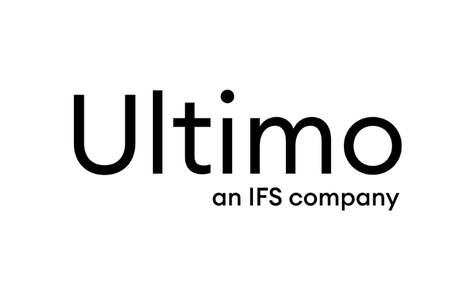Preventive vs. Corrective Maintenance
This KPI measures the ratio between preventive maintenance (maintenance performed according to a planned schedule to prevent failures) and corrective maintenance (maintenance carried out after a failure occurs). This KPI provides insights into the effectiveness of maintenance strategies and the balance between proactive maintenance and reactive recovery.
What’s the Difference?
- Preventive Maintenance (PM): This type of maintenance is performed according to a scheduled routine to reduce the chance of failures. It is often time or usage-based (e.g., replacing parts after a certain number of operating hours).
- Corrective Maintenance (CM): This maintenance is performed after a failure or malfunction. It is reactive in nature and often more expensive due to possible downtime and unplanned costs.
Formula for Preventive vs. Corrective Maintenance
The KPI is often expressed as a ratio, such as a percentage of total maintenance. The formula may be presented as:

Example:
If a company spends €50,000 on maintenance in a month, with €30,000 on preventive maintenance and €20,000 on corrective maintenance, the preventive vs. corrective maintenance ratio is calculated as:
- Preventive Maintenance Percentage:

- Corrective Maintenance Percentage:

This means 60% of maintenance costs were preventive, and 40% were corrective.
Significance of the KPI
- Higher Preventive Maintenance Share:
- Reliability: A higher percentage of preventive maintenance usually leads to higher system reliability because failures are detected and addressed before they occur.
- Lower Costs: Preventive maintenance is often less costly than corrective maintenance because unexpected failures and their associated repair costs are avoided. Furthermore, systems are more efficiently managed, resulting in less downtime.
- Longer Lifespan: Preventive maintenance extends asset lifespan, leading to lower replacement costs in the long term.
- Higher Corrective Maintenance Share:
- Higher Costs: Corrective maintenance is typically more expensive due to the frequent occurrence of unexpected failures and prolonged downtime. There may also be additional costs like production or operational losses.
- Lower Reliability: A larger share of corrective maintenance often indicates a lack of effective preventive maintenance or planning, leading to less reliable system operation.
Application of the KPI
- Maintenance Strategy Optimization: By tracking this KPI, companies can optimize their maintenance strategies. Shifting toward more preventive maintenance can reduce overall maintenance costs and improve operational efficiency.
- Cost-Effectiveness and Budget Management: Companies can try to improve the ratio by investing more in preventive maintenance, thereby reducing long-term costs.
- Better Resource Planning: A greater focus on preventive maintenance allows for better planning and distribution of maintenance tasks, reducing unexpected downtime and production interruptions.
This KPI is critical for businesses seeking a balanced and cost-efficient maintenance strategy focused on minimizing downtime and optimizing asset performance.






